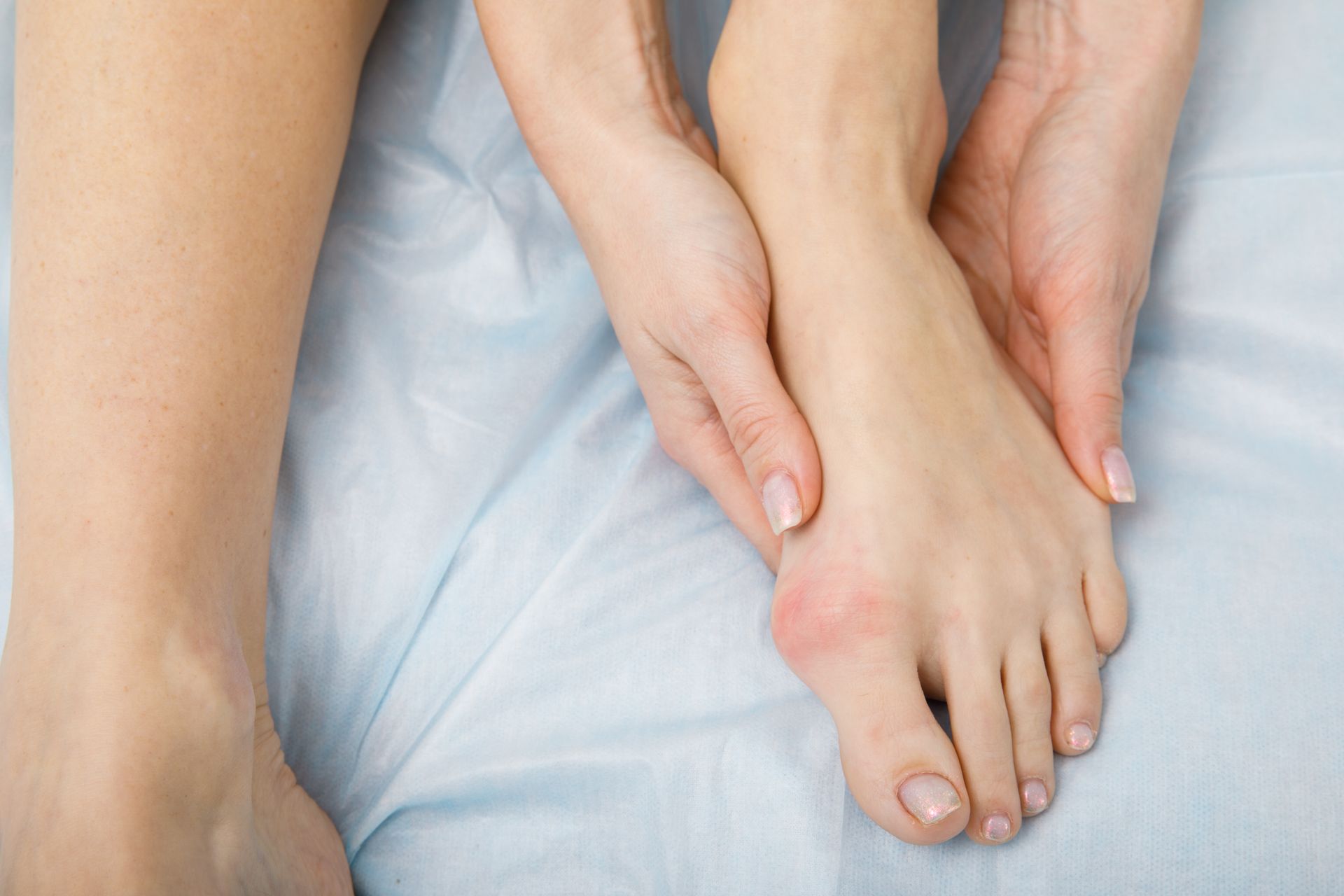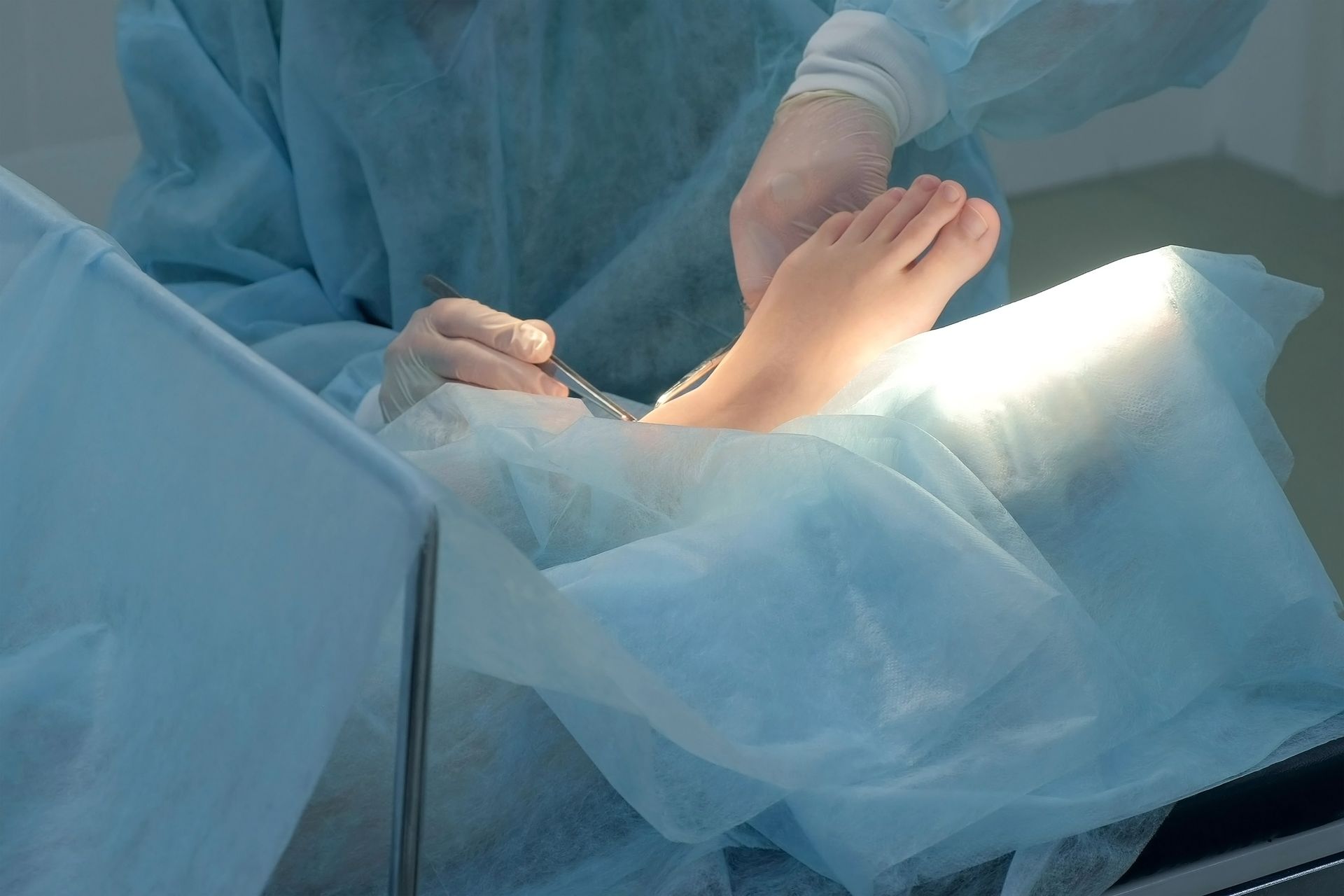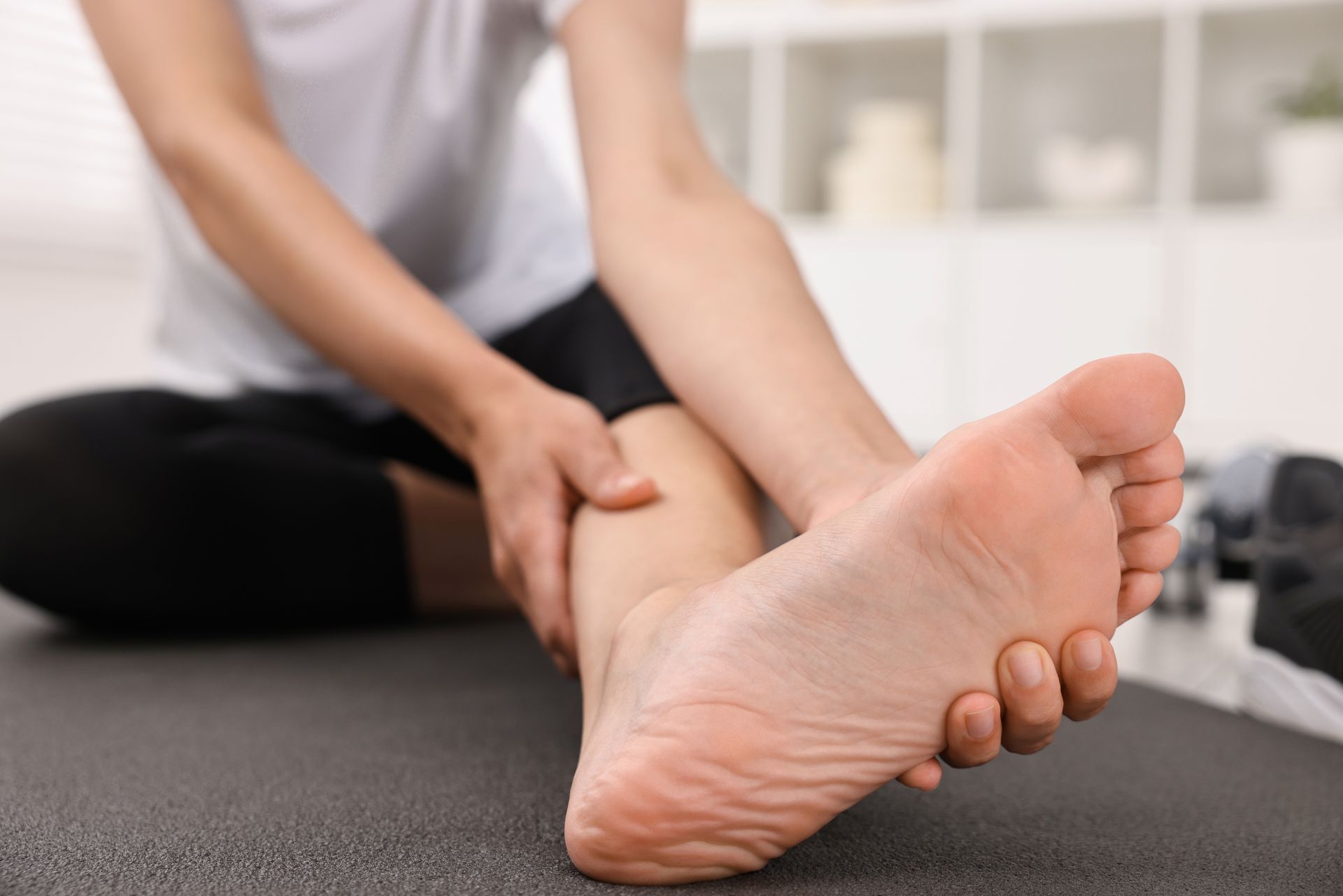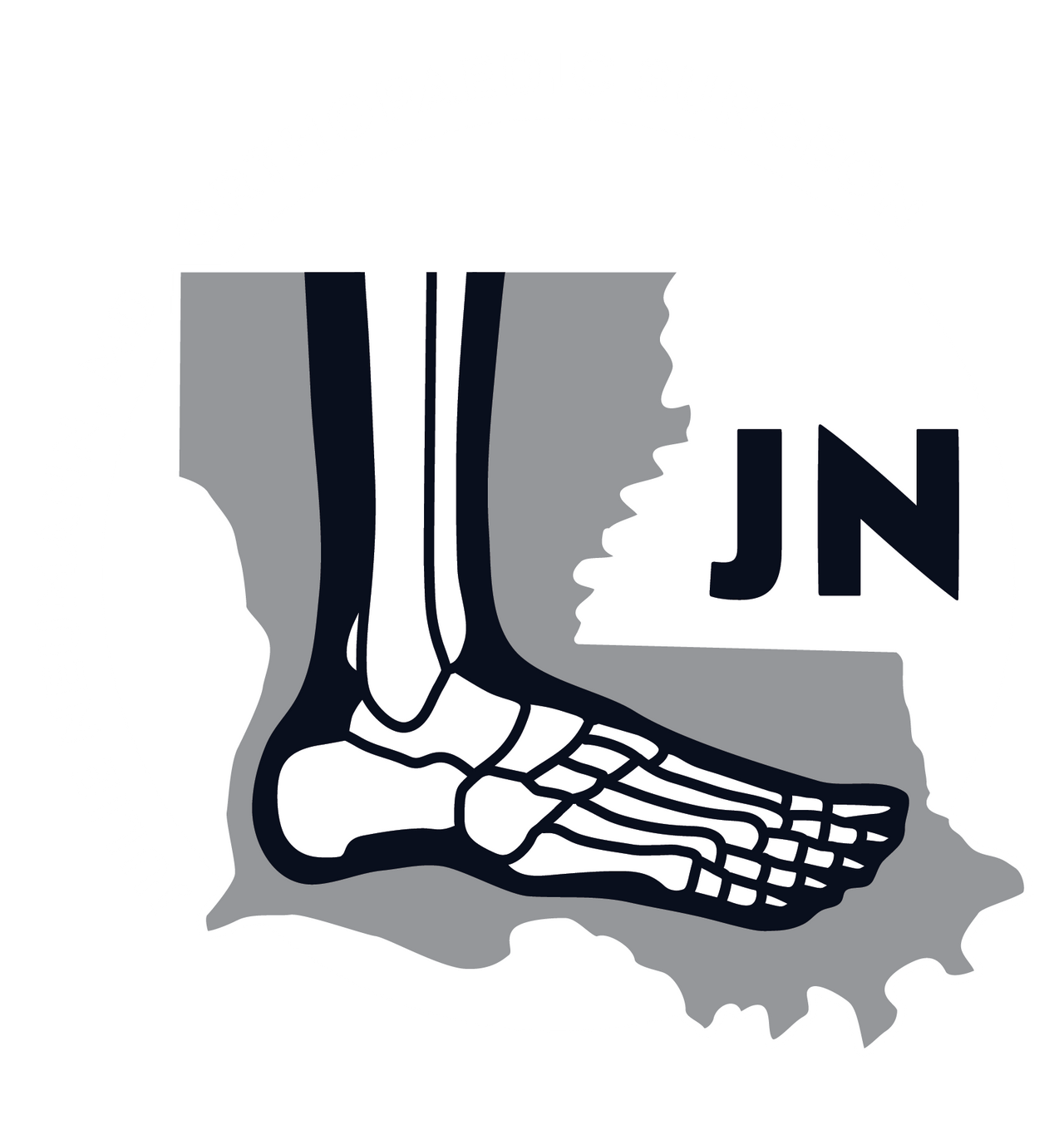The Achilles tendon, crucial for movement and mobility, can sustain injuries that require specialized care. Dr. Julie Neumann, an expert in orthopedic treatments, particularly sports medicine and foot/ankle care, brings a wealth of experience to address such conditions. Here are four different surgical approaches Dr. Neumann employs for these injuries.
Open Repair Surgery for Achilles Tendon Rupture
An open repair surgery procedure is a surgical intervention that involves creating an incision in the back of the ankle to access the torn tendon and stitching it back together. The procedure is typically recommended for acute ruptures or cases where there is significant separation between the torn tendon ends. This type of surgery is preferred when there is a need for direct visualization of the injury, which can facilitate precise alignment and repair of the tendon. One of the main benefits of this procedure is that it allows for a more thorough examination of the damaged area, which can help Dr. Neumann determine the best course of action for repairing the tendon. Open repair surgery can also help reduce the risk of complications associated with the procedure, particularly nerve damage.
Percutaneous Surgery for Achilles Tendon Rupture
This minimally invasive procedure for an Achilles tendon rupture is an alternative to the open repair. The main indication for this procedure is an acute rupture. During the procedure, Dr. Neumann makes a few small incisions in the affected area, through which she inserts specialized instruments to repair the damaged tendon.
Since the incisions are small, this procedure may have potential to reduce scarring, infection, and pain and promote faster recovery times when compared to traditional open surgery.
Tendon Transfer for Achilles Tendon Rupture
Tendon transfer is a surgical procedure that involves redirecting and reinforcing the function of nearby tendons to compensate for the damaged Achilles tendon. This procedure is usually recommended when the primary tendon repair is not possible or ideal due to the severity of the injury or the patient's medical history.
During the procedure, Dr. Neumann detaches the healthy tendon named the Flexor Hallucis Longus from near the Achilles and reroutes it to the damaged Achilles tendon. In fact, she does not need to make any additional incisions! The healthy tendon is then reinforced with a screw and sutures to add strength, bulk, and stability to the repair. The goal of this procedure is to restore the functionality of the Achilles tendon by utilizing a nearby tendon to compensate for the injured Achilles tendon.
Allograft Repair for Achilles Tendon Rupture
This surgical procedure involves utilizing donor tissue, also known as allograft, to fix a damaged Achilles tendon. It is typically recommended for patients who require additional tissue support, who have poor tendon quality, or those who have a large gap between the tendon ends. One of the main benefits of this surgical procedure is that it can strengthen the repair. This is particularly useful in complex or high-stress injuries, as it can help to prevent reinjury and improve overall healing outcomes. Additionally, the use of allograft can reduce the risk of complications associated with harvesting tissue from the patient's own body.
Dr. Julie Neumann's approach to treating an Achilles tendon rupture involves comprehensive evaluation of each patient's condition. Her expertise enables her to recommend personalized surgical techniques based on various factors, resulting in optimal outcomes. Additionally, Dr. Neumann emphasizes a structured rehabilitation program that focuses on restoring strength, flexibility, and function after surgery. This holistic approach aims to repair the tendon and ensure a full return to activities and sports, promoting long-term musculoskeletal health.
If you or a loved one experience an Achilles tendon injury, seeking timely consultation and treatment can pave the way towards a successful recovery.




